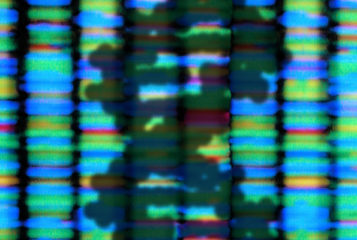Scientists based at Sheffield University, UK, have successfully created human inner ear cells from fetal stem cells, according to a study published in the journal Stem Cells last week. The ability to replace damaged or abnormal inner ear cells, using ones grown in the lab, could in future help to reverse permanent hearing loss. In the meantime it could also be used to study the effects of different drugs or genes on human cells.
Lead researcher Dr Marcelo Rivolta, told the BBC: 'The potential of stem cells is very exciting. We have now an experimental system to study genes and drugs in a human context. Moreover, these cells would help us to develop the technologies needed to deliver them into damaged tissues, such as the cochlea, in order to restore the different cell types. This should facilitate the development of a stem cell treatment for deafness.'
The cochlea, a spiral structure in the ear containing the tiny hair cells whose movement is interpreted by the brain as sound, is generated during the fetal stage of development and cannot be regenerated in later life if damaged. The research team isolated immature cochlea stem cells from aborted fetuses donated voluntarily by women who would prefer the tissue to be used in medical research than for it to be destroyed. They then coaxed the stem cells to become sound-detecting hair cells, by exposing them to a cocktail of growth-promoting chemicals and nutrients until they found a combination which produced cells resembling those found in the inner ear. The work builds on previous work a US team did using mouse embryonic stem cells in 2003.
Although another step in the right direction, the research doesn't mean a cure for deafness is imminent, several experts have stressed. 'Being able to do this with human cells is an advantage and the strength of this study, but this does not mean that a cure for hearing loss is around the corner, unfortunately,' Stefan Heller of Stanford University in California, and head of a team which in 2003 produced inner ear hair cells in mice, told New Scientist magazine.





Leave a Reply
You must be logged in to post a comment.